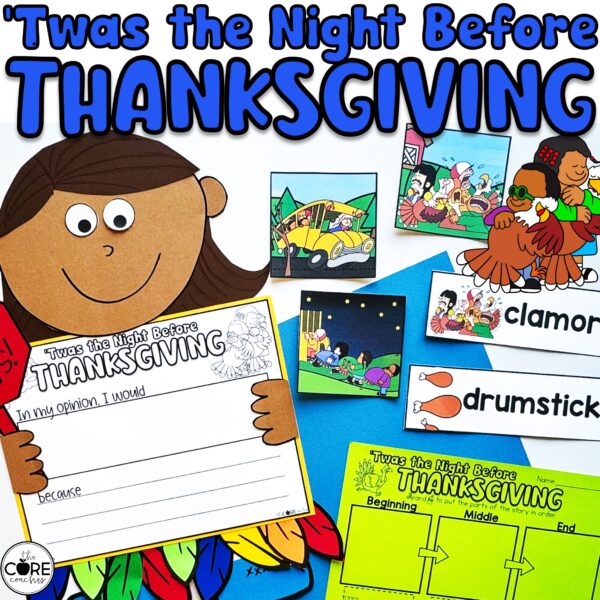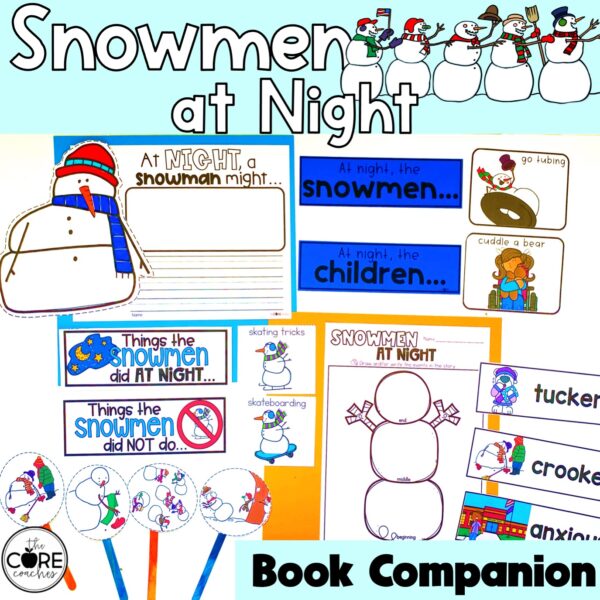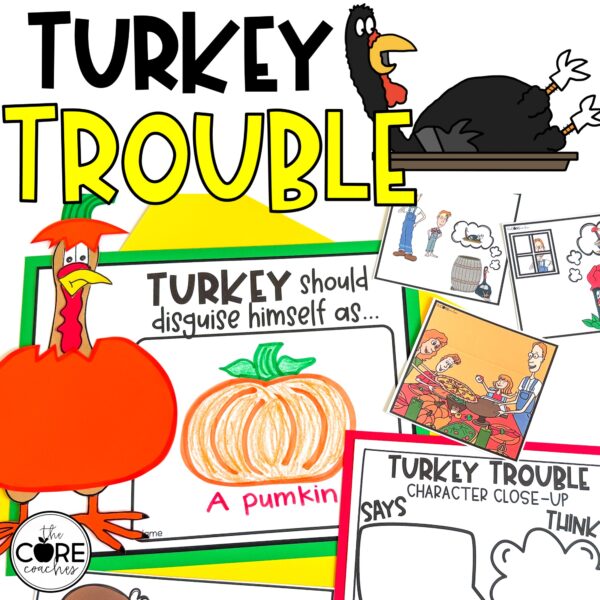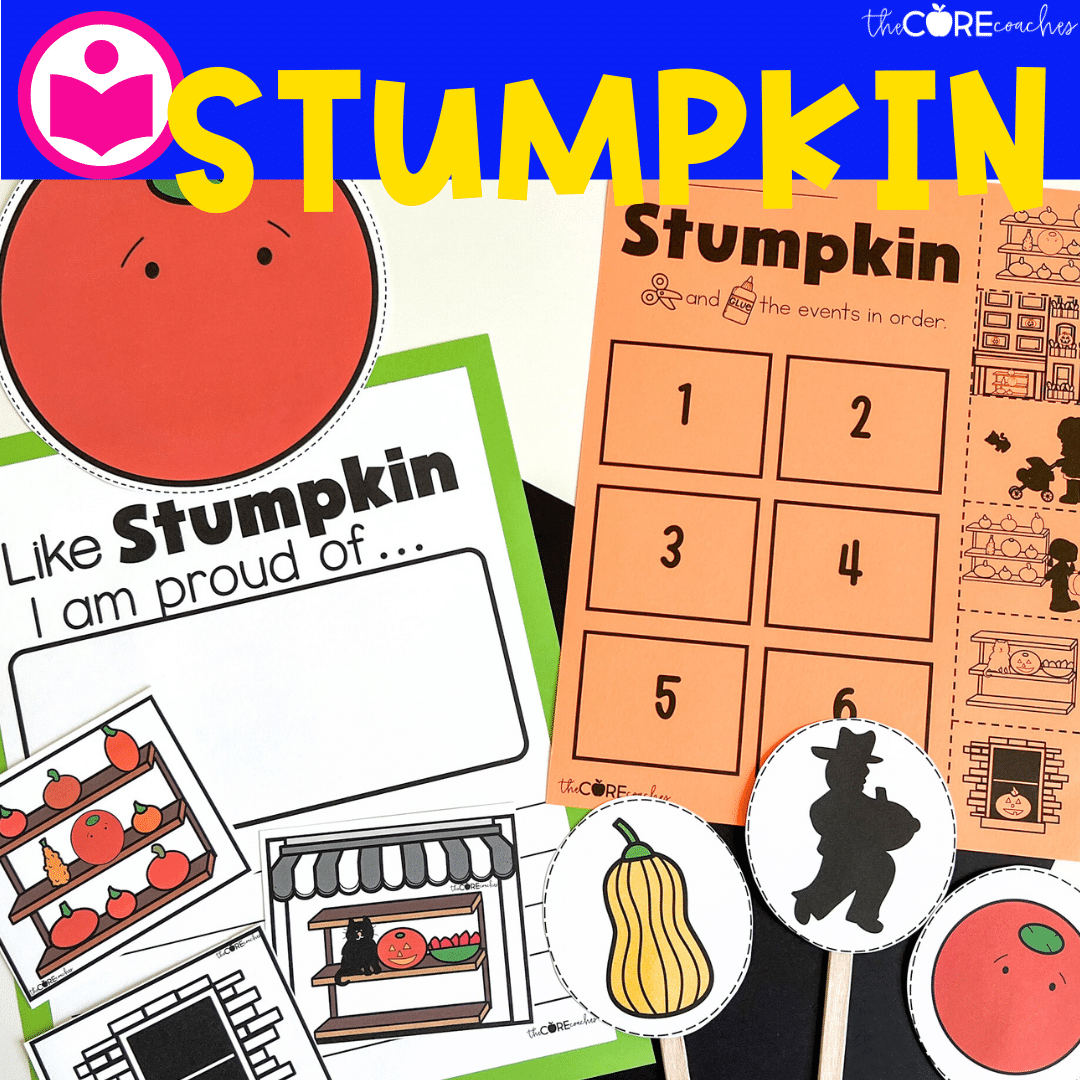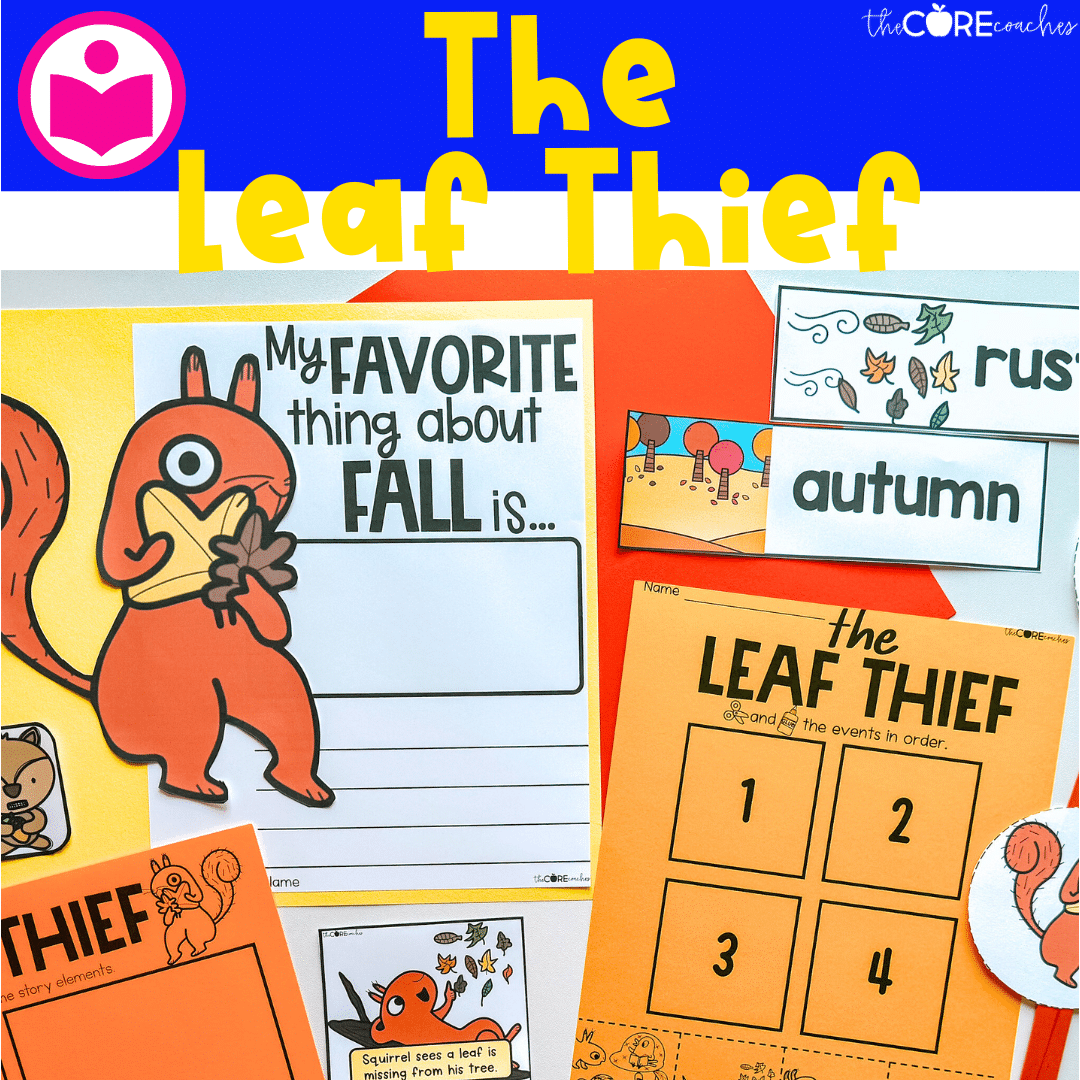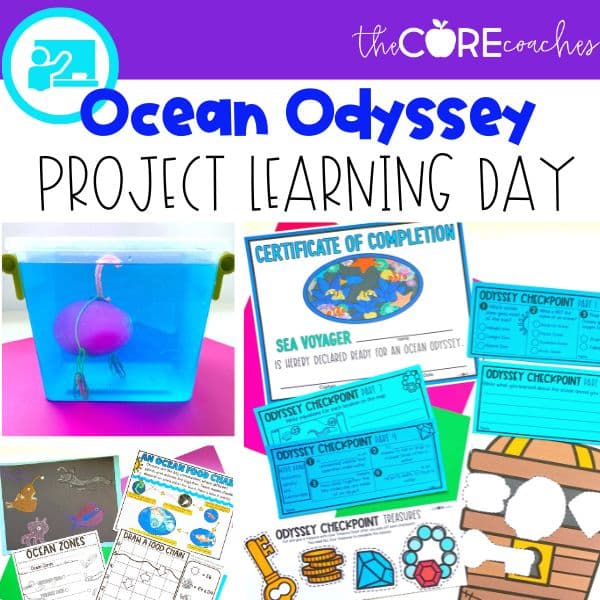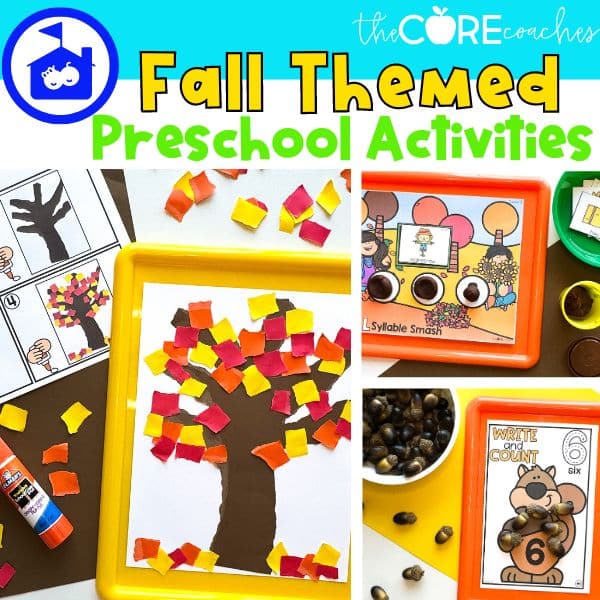It is a new calendar year and for teachers that is almost the same as a new school year. Yes, you have technically already been in school for half of the school year. However, a two week or even week long holiday break is just long enough for students to forget.
Now, we are not saying students are going to forget what you have taught them in regards to academics. They may have forgotten a lot of the basics of the classroom though. Therefore, when discussing January teaching ideas we suggest going back to the beginning!
How to Reset Your Classroom After a Break
When you step back into the classroom in January the best thing you can do is pretend it is the beginning of the school year, not just the calendar year. This means focusing on procedures that help your classroom run smoothly, as well as reviewing expectations for learning routines (like, what to do during a read aloud).
To help you cover all the areas you may need to reset your classroom after the winter break, we put together the 5 areas you need to review.
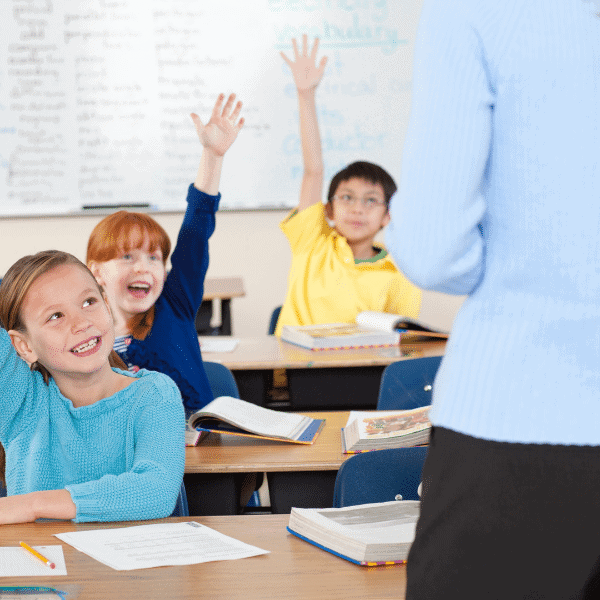
Review Routines & Procedures
At the center of a well run classroom are effective routines and procedures for almost every task or movement students will encounter. This includes routines for transitioning from one learning activity to another and procedures for lining up, going to lunch, and even entering the classroom.
Routines and procedures are often taught explicitly at the beginning of the school year. However, sometimes we forget to return to them throughout the year. We encourage revisiting the expectations and actions surrounding routines and procedures any time students are taking longer than expected to follow a procedure but especially after any break.
When your students return to school after Christmas break, kick off the new year by explicitly reviewing the procedures you use on a regular basis in your classroom. One great place to begin is with your read aloud routine.
January Theme Read Alouds
Since read alouds are an essential part of any first or second grade classroom this is a wonderful place to begin after a long school break. It provides your students with a familiar routine, while also giving you as the teacher time to review the expectations of reading time.
For example, you may review the procedure for students to move from their desks to the reading carpet and how to return to their desks. Since it has been a couple of weeks since they have done this, we suggest planning some extra time into your reading lesson plan to review these procedures.
In addition, review the different steps that are involved in reading a new book. If you use our read alouds then you already know that all of our read alouds follow the same format. One reason for this is that it helps students become familiar with the steps they will encounter while reading a new text. Therefore, they can use their brain power to focus on their comprehension of the new text rather than worrying about what is coming up next.
Again, since it has been a little bit since they have completed a read aloud, the New Year is an excellent time to review these steps. Here are some wonderful books to use for a New Year read aloud with first or second graders:
Digital Learning Routines
In today’s world of education it is common to have some type of digital learning in the classroom. Therefore, the start of a new calendar year is an excellent time to review the digital learning routines.
Do you have laptops in your classroom? Do you have a routine on how students get those laptops for learning? Do you have a procedure for when students need to find an assignment online?
All of these are questions you might want to ask yourself when thinking about which routines and procedures need to be reviewed in the new year. If you already have routines and procedures in place to support digital learning then plan to review them with your students during your first digital learning activity of the new calendar year.
And! If you are looking for a new way to engage your students in digital learning, give one of our Learning Quests a try! Our Learning Quests are similar to our read alouds in that they follow a similar structure, regardless of the topic. Therefore, they are perfect for supporting student learning by providing a familiar learning routine.
If you are interested in starting to incorporate more digital learning into your classroom our Technology Then & Now Digital Learning Quest is a great place to start. It will allow you to teach your students the digital routines associated with this independent learning activity while reviewing your own expectations for digital learning.
How to Create Routines and Procedures in the Classroom
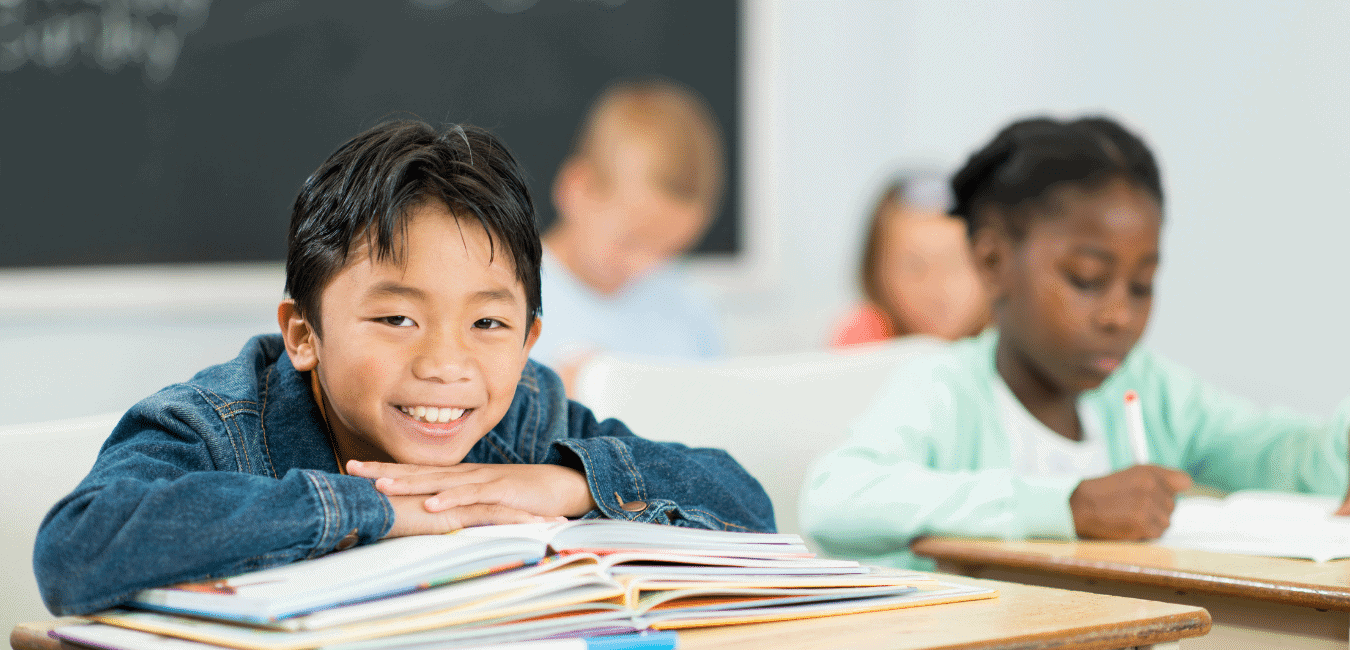
We have been talking a lot about using January as a time to review routines and procedures, but what if you don’t have a routine or procedure to review? Well, then now is the perfect time to start one!
Effective routines and procedures are one of the most important pieces to effective teaching, because they are one of the most important pieces of effective classroom management. Therefore, we recommend having a routine or procedure in place for Everything! Okay, maybe not everything, but pretty close!
From how students enter the classroom to how they line up at the end of the day and EVERYTHING in between – a routine can help your classroom run smoothly all day long. And, they are easy to create!
Here are 5 Steps we provide in our Mastering Classroom Management Toolkit that can help you teach procedures explicitly:
- DESCRIBE: Create an anchor chart with your students that tells them exactly what the procedure looks like and sounds like to reinforce their ownership and understanding of the procedure.
- DEMONSTRATE: The best way to show a student what to do, is to also show them what NOT to do. After describing, demonstrate both the correct procedure and the procedure performed incorrectly. Many students are visual learners, so this will help reinforce the expectation.
- PRACTICE: You will have to practice many times before the procedure will meet your expectations. Practice doesn’t just mean going through the motions of a procedure, but practicing your IDEAL behavior! An important thing to remember is that practice takes time to make perfect. This means you may practice one procedure several times before students are ready to do it on their own.
- REFINE: Part of practicing a procedure is refining it. As your students go through a procedure during the practice phase, identify any areas that need improvement: refine if, rowdy, noisy, taking too long, etc.. Once you’ve identified what needs to be refined, practice improving it.
- AGREEMENT: Create an agreement with your class that outlines the expectations students will follow to complete procedures correctly. Write this on an anchor chart to hang in the classroom, and/or give students a printed copy of the agreement to sign. This further supports student ownership as part of classroom management.
In addition to creating a routine it is helpful to reflect on how you are going to implement the routine. It may also help to reflect on how often you plan to review the routine. Below are several questions you can use to guide yourself on implementing or reviewing a routine.
- How explicit are you as you train students on classroom procedures? How much time do you allot for the students to practice a new procedure?
- How might taking the time to explicitly teach procedures “up front” buy you more time for academics later on?
- How often do you revisit or refine procedures throughout the year?
- What procedures are not meeting your expectations right now?
How to Re Engage Students After a Break
While it may not sound like reviewing routines and procedures is the most exciting way to re-engage students after the winter break, it is the most effective way to begin. Moreover, as you can see above – there are several fun ways to review routines and procedures!
From jumping into a new year with a January themed read aloud or having students explore a new topic through a digital learning quest – there are dozens of ways to both engage students and review important classroom expectations.
Beyond routines and procedures, there are several other important classroom expectations that you may want to consider reviewing after a school break. These include building relationships and a positive classroom community.
How to Build a Positive Classroom Community
Here are some engaging learning activities that you could use to review how to build positive relationships and community with your students.
- Morning Meeting
- Shoutouts
- Attention Getters
- Grouping Cards
- Sticks and Stones Read Aloud
- Peanut Butter and Cupcake Read Aloud
- Calm Down Corner
As you can see from above, there are several wonderful ways to get students focused on learning after a break. Moreover, several fun and engaging ways!
-
Twas the Night Before PREK Thanksgiving Read Aloud, Craft & Writing
Rated 0 out of 5$4.50 -
Twas the Night Before Thanksgiving Read Aloud, Thanksgiving Craft & Writing
Rated 0 out of 5$4.50 -
Snowmen at Night Book Companion-Winter Snow Activities
Rated 0 out of 5$4.50 -
Turkey Trouble-PREK Thanksgiving Read Aloud Activities-Disguise a Turkey
Rated 0 out of 5$4.50
While it can feel like there are a lot of things to choose from, we encourage you to choose the one area that you feel will help the most with classroom management because the best way to start a new year is with a well run classroom!
And, if you are looking for more ideas on effective classroom management we have the perfect solution! Our Mastering Classroom Management Toolkit provides not only tested and researched practices but also DOZENS of ready to use activities. Therefore, you can kick off January with new engaging tools that won’t take away from any of your teaching time OR holiday break!

